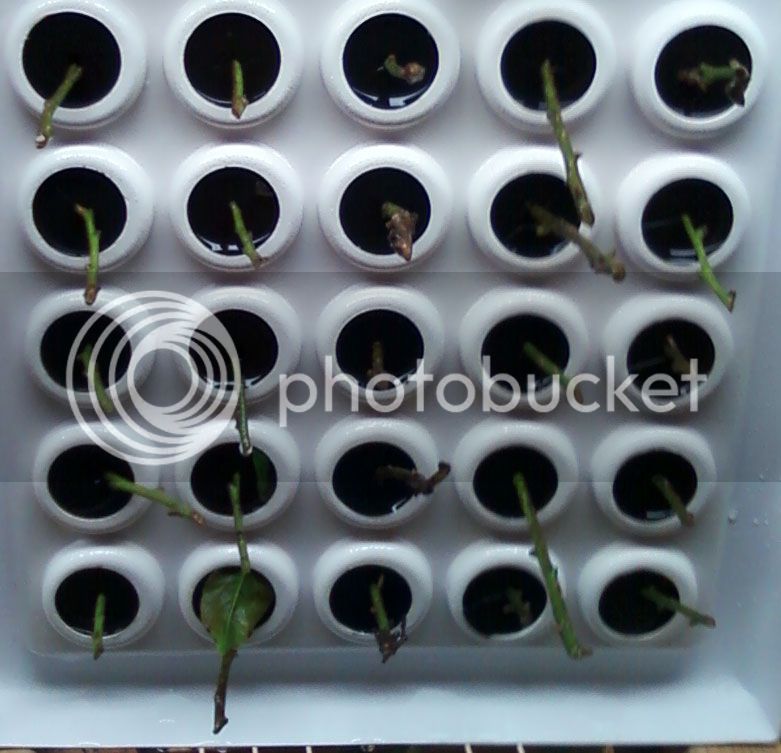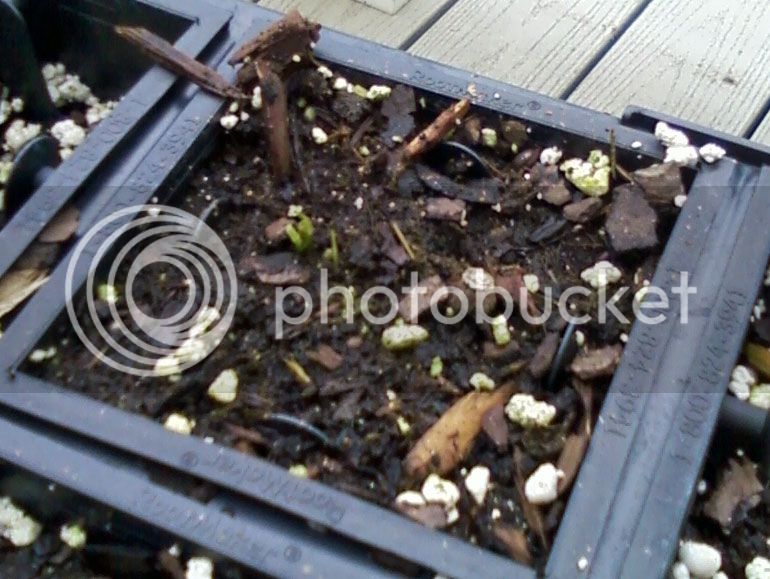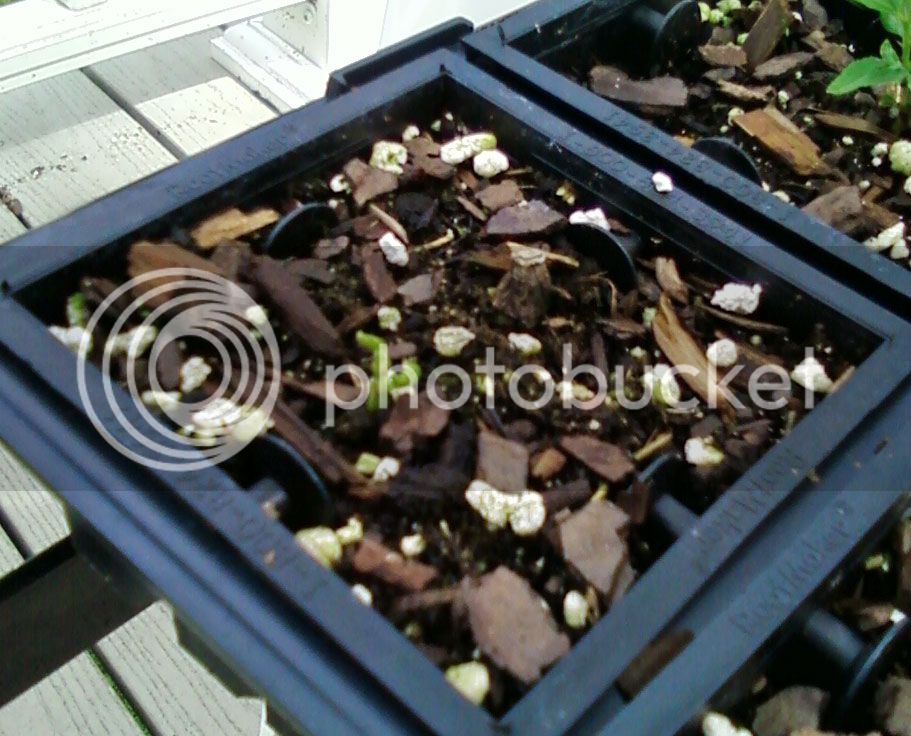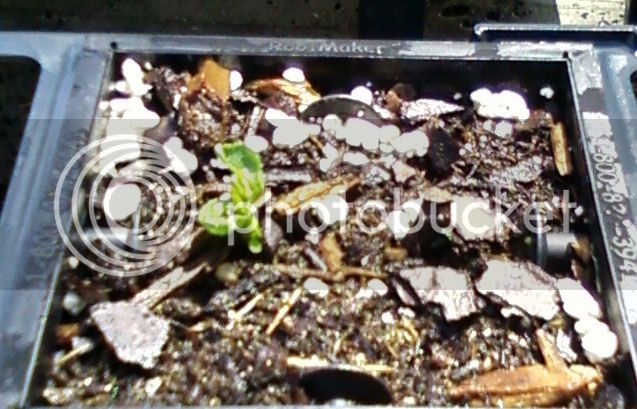yoderjac
5 year old buck +
My first thread on cloning was getting pretty long. Here is the link if you want background: http://www.qdma.com/forums/showthread.php?t=55506
To summarize the first cloning machine thread, I tried dormant persimmon scions with zero success.
I am now starting my second attempt. I took herbaceous cuttings from my productive persimmon tree this evening. When I got home, I set up the cloning machine. Most of the cuttings are completely herbaceous, but I kept a little wood on 5 of the scions. The center row look like this:
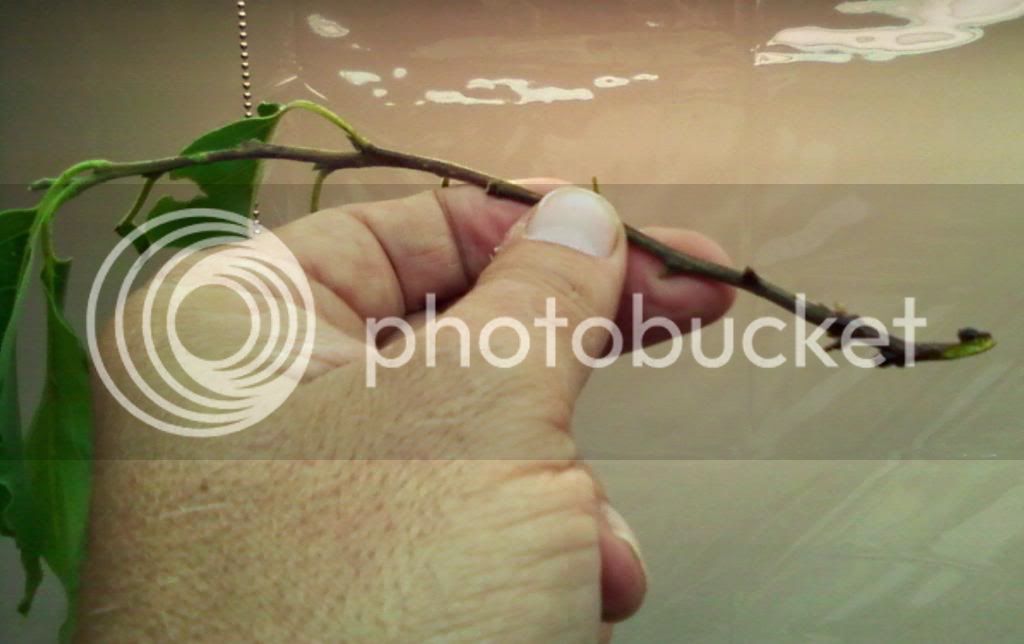
The rest look like this:
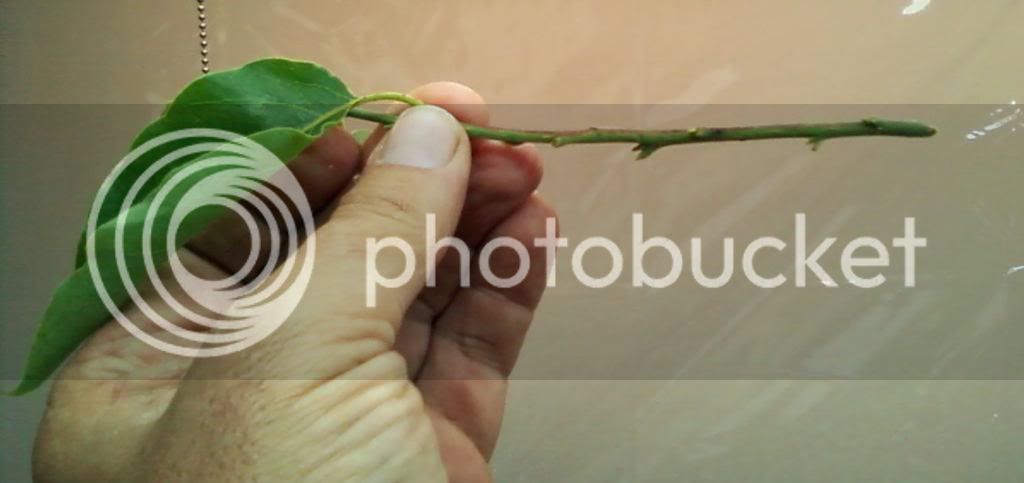
Unfortunately, we have not had any rain for a week before I took the scions. You can see they are a bit limp. I removed many of the leaves to reduce transpiration. I put them in the indoor greenhouse under fluorescent lights. I dipped each one in rooting hormone before putting them in the machine.
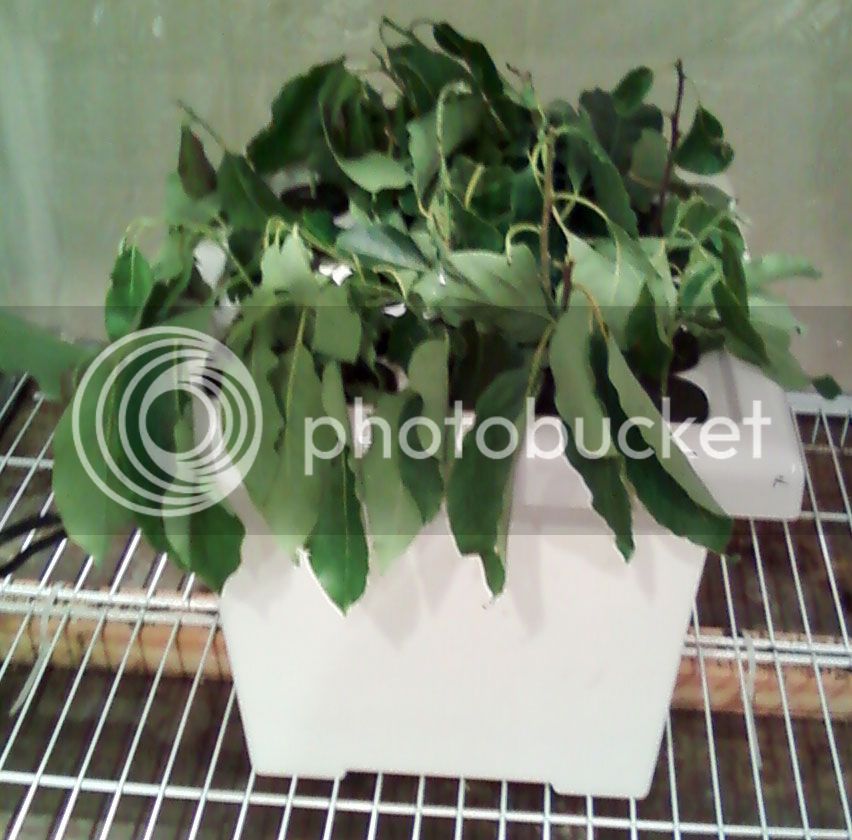
Based on the reading I've done, I'm not expecting significant success with this, but I'd love to get at least one of these to root.
I also have a backup plan and I'll start a different thread for that.
Thanks,
Jack
To summarize the first cloning machine thread, I tried dormant persimmon scions with zero success.
I am now starting my second attempt. I took herbaceous cuttings from my productive persimmon tree this evening. When I got home, I set up the cloning machine. Most of the cuttings are completely herbaceous, but I kept a little wood on 5 of the scions. The center row look like this:

The rest look like this:

Unfortunately, we have not had any rain for a week before I took the scions. You can see they are a bit limp. I removed many of the leaves to reduce transpiration. I put them in the indoor greenhouse under fluorescent lights. I dipped each one in rooting hormone before putting them in the machine.

Based on the reading I've done, I'm not expecting significant success with this, but I'd love to get at least one of these to root.
I also have a backup plan and I'll start a different thread for that.
Thanks,
Jack
